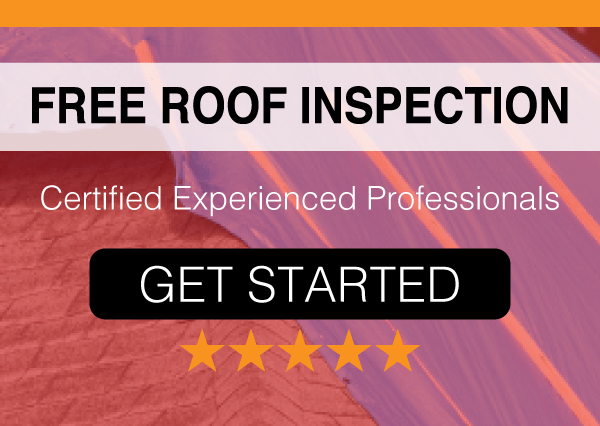Your home’s roof is a crucial shield against the elements, protecting your family, possessions, and the structural integrity of your house. Over time, roofs can suffer from wear and tear, weather-related damage, or unexpected accidents, making home roof repair a critical aspect of homeownership. In this comprehensive guide, we’ll explore the significance of home roof repair, common signs that indicate your roof needs attention, do-it-yourself (DIY) repairs versus professional assistance, the steps involved in roof repair, and how to ensure your roof remains in optimal condition for years to come.
The Significance of Home Roof Repair
- Preventing Water Damage: A damaged roof can lead to water infiltration, causing extensive interior damage. Timely home roof repair prevents costly water damage and mold growth.
- Extending Roof Lifespan: Regular maintenance and repair can significantly extend the lifespan of your roof, saving you money on premature replacement.
- Energy Efficiency: A well-maintained roof provides proper insulation, improving energy efficiency and lowering heating and cooling costs.
- Curb Appeal and Property Value: A well-maintained roof enhances the appearance of your home, adding to its curb appeal and overall property value.
Common Signs Your Roof Needs Repair
- Leaks and Water Stains: The most obvious sign of roof damage, leaks and water stains on your ceiling or walls require immediate attention.
- Missing or Damaged Shingles: Missing or damaged shingles are indicators of roof damage and decay, which can lead to further problems.
- Sagging or Drooping Areas: A sagging or drooping roof is a sign of structural damage that needs immediate repair.
- Increased Energy Bills: A sudden increase in your heating and cooling costs may indicate roof damage that’s affecting insulation.
- Mold or Mildew Growth: Roof damage can lead to excess moisture and poor ventilation, creating ideal conditions for mold and mildew growth.
DIY Repairs vs. Professional Assistance
While some minor roof repairs can be tackled as DIY projects, significant repairs or those involving safety risks are best left to professionals. The decision to DIY or seek professional assistance should depend on the complexity of the repair, your experience, and the necessary equipment.
DIY Repairs:
- Small Leaks: If you have identified a small leak and are comfortable working on your roof, patching a minor leak with roofing cement or sealant can be a DIY project.
- Missing Shingles: Replacing a missing or damaged shingle is a straightforward DIY task if you have the necessary replacement materials.
Professional Assistance:
- Major Leaks: Significant or recurring leaks require professional assessment and repair, as they often indicate more extensive roof damage.
- Structural Damage: If you notice sagging or other structural issues with your roof, these should only be addressed by professionals with the necessary expertise.
- Warranty Considerations: Some roofing warranties may be voided if you attempt DIY repairs. It’s important to consider this before taking matters into your own hands.
The Roof Repair Process
- Assessment: A thorough inspection of your roof to identify the extent of the damage and develop a repair plan.
- Safety Precautions: Ensuring the roof is safe for repair work and addressing potential hazards.
- Materials and Tools: Gathering the necessary materials and tools for the repair.
- Repairs: Executing the repair work, which can include patching leaks, replacing shingles, sealing seams, or addressing structural issues.
- Cleanup: Cleaning up debris and ensuring your property is free of roofing materials.
- Quality Assurance: Checking the repair for quality and effectiveness, addressing any further concerns.
Preventative Maintenance for Roof Health
- Regular Inspections: Schedule annual roof inspections to catch potential problems early.
- Keep Gutters Clear: Clear your gutters and downspouts to prevent water backup and roof damage.
- Trim Overhanging Branches: Trim branches that hang over your roof to prevent damage from falling debris.
- Attic Ventilation: Ensure proper attic ventilation to prevent excess moisture, which can lead to roof damage.
- Professional Maintenance: Consider professional maintenance to address minor issues before they become major problems.
Conclusion
Home roof repair is an essential aspect of homeownership, ensuring the protection, integrity, and value of your property. Recognizing signs of roof damage and deciding whether to pursue DIY repairs or seek professional assistance are key decisions. When addressing roof repairs, safety, and effectiveness should be top priorities.
By following a diligent maintenance schedule and addressing issues promptly, you can ensure that your roof remains in optimal condition, protecting your home for years to come. Remember that timely roof repair is an investment in your home’s future and your peace of mind.






